Medieval Warfare picks up where its sister magazine, Ancient Warfare, leaves off. Starting around 500 AD, Medieval Warfare examines the world during the Middle Ages up through the early years of the Renaissance (the magazine generally leaves off in the 16th century). While popular topics such as the Crusades and the Vikings are given regular coverage, Medieval Warfare also tackles more complex and obscure topics, ranging from the Umayyad Caliphate versus the Byzantine Empire to horse trading in 14th-century England.
Medieval World Magazine
Editorial
MARGINALIA
Medieval treasures of Sinai now digitized on new website
Who were the Avars?
THE MONUMENTS OF ARTSAKH • The mountainous region of the Nagorno-Karabakh Republic - also known as Art- sakh - is located between the Kura and Araxes rivers, at the intersection of the Republic of Armenia, Azerbaijan, and Iran. From the ninth century BC, Artsakh formed part of the kingdom of Urartu, and thereafter it has been occupied by Ar- menians, Georgians, and Caucasian Albanians under Armenian royal dynasties.
YASUKE • Japan’s long sixteenth century was an era of war, destruction, and disunity that lasted for well over 100 years between 1467 and 1615. Towns and villages burned. Pirates and bandits pillaged freely. Slaves roamed with impunity. Brothers and sisters, parents and children, betrayed each other to survive. This was Japan’s ‘Age of the Country at War’, named by later historians, with hindsight, after the ancient Chinese conflagration that resulted in the first unified Chinese Empire, the Qin, in 221 BC.
THE LATE MEDIEVAL HOLY ROMAN EMPIRE • For a long time, historians have harshly judged the late medieval Holy Roman Empire because it looked so different to the standard model of a European kingdom. However, new research has shown how sophisticat- ed and dynamic the Empire was in this period. This was a world in which political elites could envision themselves as custodians of the legacy of Rome while fashioning new regional, social, and national identities. Although local political structures tended toward fragmentation and fostered conflict, imperial authorities forged new and distinctive institu- tions that held the Empire together into the Reformation era and beyond
Finding a language for the Holy Roman Empire's complex structure
THE LAST KNIGHT • At the end of the fifteenth century, the most powerful person in Europe was Maximilian I, the king of the Romans, the archduke of Austria, and the uncrowned (but in practice) Holy Roman Emperor. Through a series of marriages and alliances, his family, the Habsburgs, ruled several other parts of the continent. Yet for all his power and abilities, Maximilian always seemed to be in perpetual difficulties.
IMPERIAL SPLENDOUR • The Holy Roman Emperors commissioned the foremost artists of Europe to create elaborate armour and rega- lia that would express their power, wealth, and military might. Emperor Maximilian I (r. 1486-1519) was no ex- ception. He spent lavishly to be fitted with the latest and most innovative styles on the field and at the court.
THE BATTLE OF DORNACH • In July 1499, two well-trained tactical infantries met at the Battle of Dornach when the Swiss confronted an army of Swabian mercenaries or Landsknechte in a major engagement for the first time. Swiss infantry had dominated the battlefields of Europe for decades, but the Battle of Dornach was a close contest demonstrating that Swiss dominance was coming to an end and that a new infantry age was beginning.
THE HUSSITES • The July heat in Prague can be stifling, and close to the river, the city can feel like a steam bath. On 30 July 1419, the nor- mally cool air of Our Lady of the Snows in Old Town Square was warm even before Father Želivský began his sermon. Many pul- pits in Prague had been focal points for...
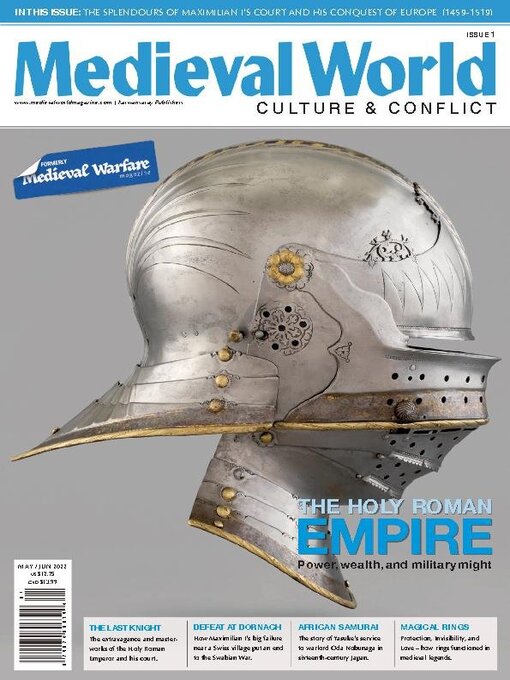
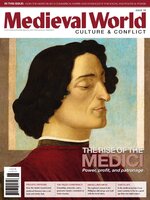 Issue 18 - 2025
Issue 18 - 2025
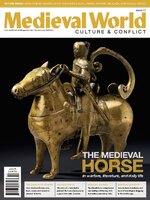 Issue 17 - 2025
Issue 17 - 2025
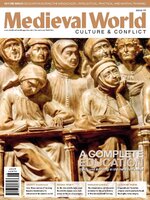 Issue 16 - 2025
Issue 16 - 2025
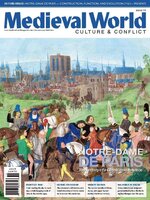 Issue 15 - 2024
Issue 15 - 2024
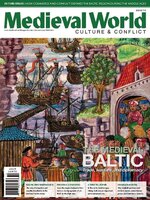 Issue 14 - 2024
Issue 14 - 2024
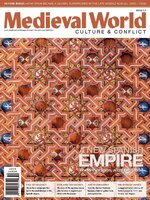 Issue 13 - 2024
Issue 13 - 2024
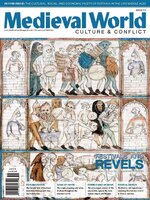 Issue 12 - 2024
Issue 12 - 2024
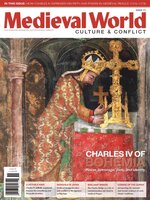 Issue 11 - 2024
Issue 11 - 2024
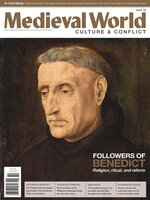 Issue 10 - 2024
Issue 10 - 2024
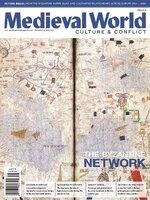 Issue 9 - 2023
Issue 9 - 2023
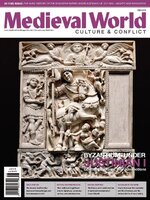 Issue 8 - 2023
Issue 8 - 2023
 Issue 7 - 2023
Issue 7 - 2023
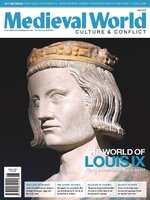 Issue 6 - 2023
Issue 6 - 2023
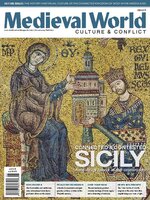 Issue 5 - 2023
Issue 5 - 2023
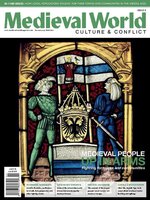 Issue 4 - 2022
Issue 4 - 2022
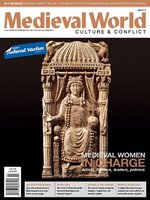 Issue 3 - 2022
Issue 3 - 2022
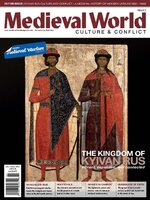 Issue 2 - 2022
Issue 2 - 2022
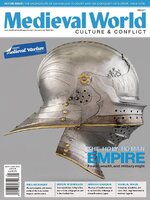 Issue 1 - 2022
Issue 1 - 2022
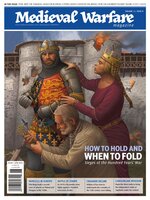 MW X11.1
MW X11.1
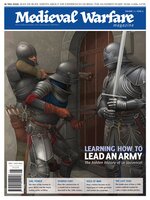 MW X1.5
MW X1.5